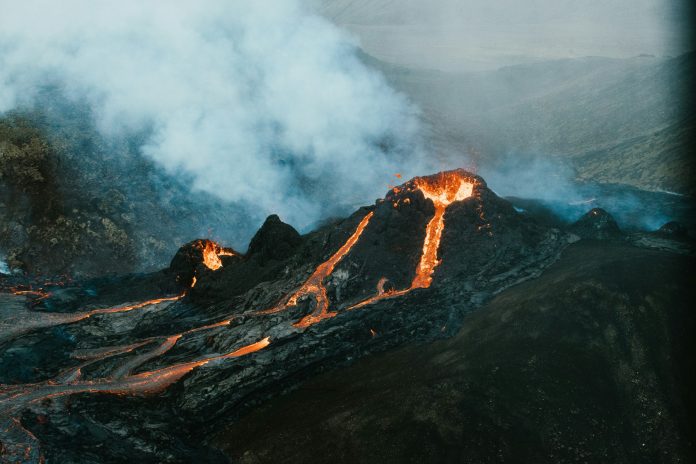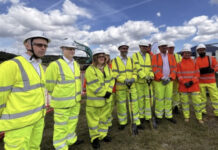Scientists at The University of Manchester have effectively simulated how bubbles grow in volcanic magma thanks to a novel pressure vessel that can mimic the eruption process in a laboratory setting.
With most volcanic activity taking place underground unobserved, for the first time scientists have been able to capture vesiculation kinetics in basaltic magmas in real time.
Published in Science Advances, the study sheds new light on one of nature’s most astonishing phenomena.
Volcanic eruptions differ drastically, ranging from gentle effusive lava flows to highly explosive events – or sometimes switching between the two at a moment’s notice.
At the worst end of the scale, volcanic eruptions eject massive volumes of magma and volcanic gases into the air. This causes catastrophic local damage and often prompts wide-reaching global effects too, like air traffic space closure and changes in weather patterns.
Scientists highlighted that eruptive style is influenced by how gas dissolved in magma is released. Contrasts can be drawn between how a waiter opens a bottle of champagne in a restaurant, and how champagne pops when shaken by Grand Prix winners. Despite both bottles having the same amount of gas, the champagne leaves the bottles at vastly different speeds.
Volcanic eruption styles depend on how easily magma decouples from gas during ascent, with stronger gas-melt coupling leading to more explosive reactions. This study allowed scientists to observe and quantify real-time bubble growth and coalescence in magma as it reaches the surface.
The pressure vessel used in the laboratory experiments was thick enough to contain vast amounts of stored energy, and X-rays (the I12-JEEP synchrotron beamline from Diamond Light Source) were used to see through the magma sample and make the observations.
Dr Barbara Bonechi, Research Associate in the Department of Earth and Environmental Sciences at The University of Manchester and lead author of the study, commented:
“The experimental results obtained in this study through the combination of our novel vessel apparatus and X-ray synchrotron radiography, offer an improved understanding of coupling and decoupling between magma and volatiles during ascent in the conduit. This study provides insights into processes leading to eruptive style transitions and, ultimately, has fundamental implications for hazard assessment and risk mitigation in area of active basaltic volcanism.”
Pressure in the chambers could be increased or decreased in a controlled way, allowing scientists to see how expanding bubble walls are broken during coalescence at different pressures and temperatures, from 10km in the magmatic plumbing system right up to the conduit beneath a volcano.







